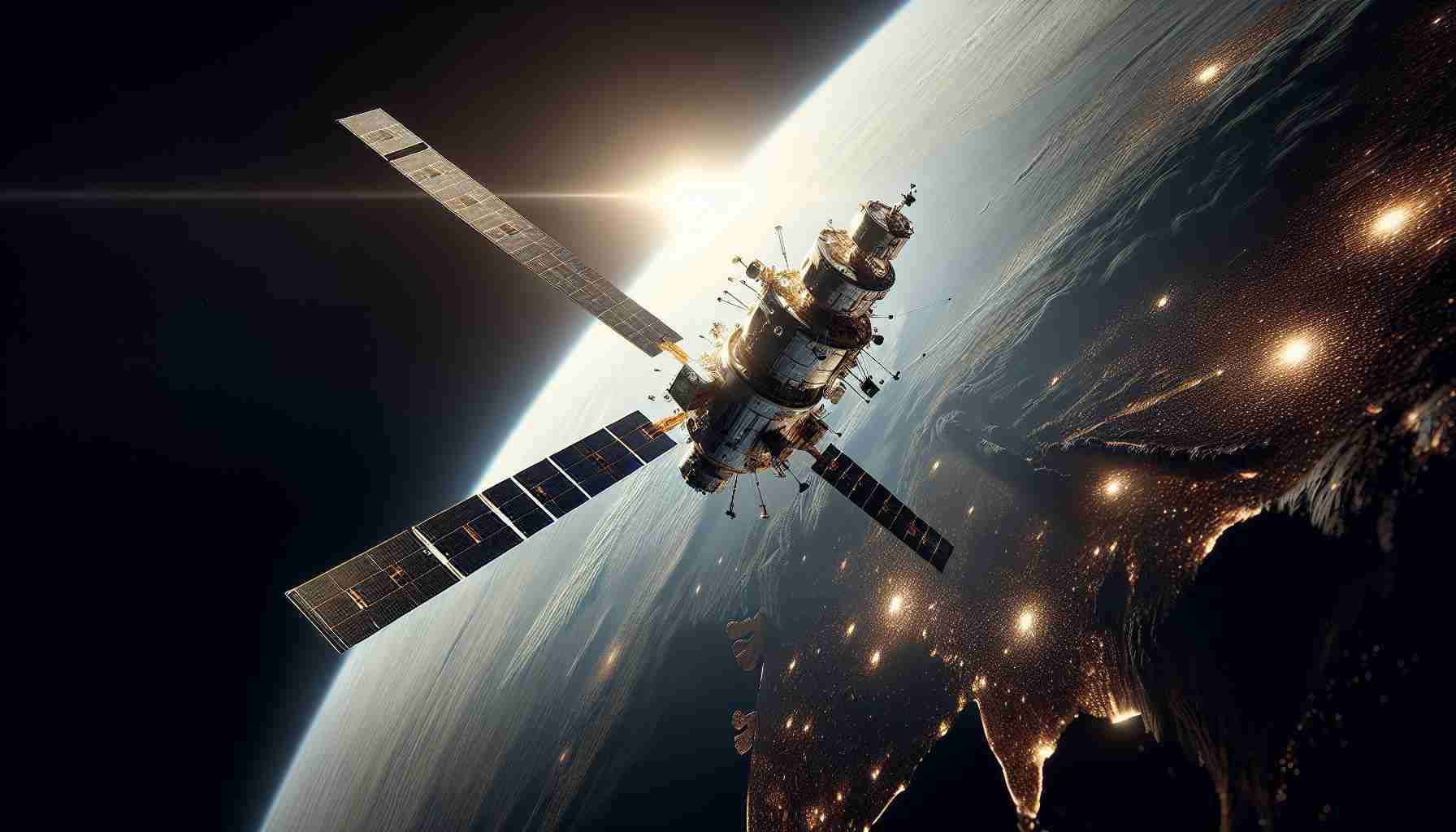India’s Indian Space Research Organisation (Isro) achieved a significant milestone in its space program with the successful docking of two satellites on January 16. This pioneering feat positions India among an elite group of nations that includes the United States, Russia, and China, which have demonstrated similar capabilities in satellite docking technology.
The operation, part of the Space Docking Experiment (SpaDeX) launched on December 30, involved two satellites merging at an altitude of approximately 475 kilometers. Despite the success, Isro officials indicated that further tests are required to fully master the intricate technology of docking.
Using a petal-based docking mechanism that adheres to international standards, Isro conducted the experiment with meticulous oversight. Each phase of the docking procedure was monitored on the ground, allowing for a cautious, step-by-step approach. The agency faced several delays due to the need for additional validations, demonstrating its commitment to safety and precision.
By January 11, the two satellites were positioned 230 meters apart, as Isro confirmed that all systems were functioning normally. The complex nature of satellite docking necessitated sophisticated ground simulations to rectify issues encountered during the process, further emphasizing Isro’s thorough methodology.
As Isro gears up for future missions, including Chandrayaan-4 and the development of its own space station, this successful docking serves as a crucial stepping stone toward advancing India’s space capabilities, marking a new era for the nation’s ambitions in outer space exploration.
The Implications of India’s Satellite Docking Milestone
India’s recent success in satellite docking, accomplished by the Indian Space Research Organisation (Isro), not only highlights the nation’s advancements in technology but also carries substantial implications for society, culture, and the global economy. This feat marks India’s entry into an exclusive club of countries capable of such intricate operations, potentially reshaping dynamics in the realm of space exploration.
As India bolsters its capabilities in space technology, the implications extend beyond mere achievement and into the fabric of society. The successful docking experiment serves as a catalyst for national pride and scientific interest. It inspires a new generation of scientists and engineers, encouraging careers in STEM fields and fostering a culture of innovation. The visibility of such milestones can enhance public support for scientific endeavors and encourage investment in research and development.
On a broader scale, India’s advancements in space technology can transform its position in the global economy. As countries increasingly recognize the importance of space for telecommunications, weather forecasting, and environmental monitoring, India could emerge as a significant player in the global satellite market. This shift can lead to increased collaboration with other nations, opening doors for international partnerships and economic opportunities in launching and managing satellite services.
The environmental implications of this advancement deserve careful consideration. With satellites playing a crucial role in climate monitoring and earth observation, Isro’s capability to conduct sophisticated docking maneuvers could enhance India’s role in global efforts to address climate change. Improved satellite constellations can facilitate better data collection—enabling more accurate predictions and assessments of environmental phenomena, ultimately aiding in disaster management and resource allocation.
Looking forward, the docking achievement serves as a foundation for future trends in space exploration. Isro’s planned missions, including the ambitious Chandrayaan-4 and the development of an indigenous space station, signal a commitment to pushing the frontiers of space science. As nations vie for leadership in space, India stands poised to contribute significantly to international exploration efforts, potentially leading to cooperative missions that address shared challenges, such as planetary defense and resource utilization.
In the long term, the successful demonstration of docking technology symbolizes a shift not just in India’s space narrative, but in the global narrative surrounding space capabilities. As technological advancements continue, we may expect more nations to invest in similar capabilities, leading to an increasingly interconnected approach to space exploration. This could result in enhanced dialogue surrounding the responsible use of outer space, governance frameworks, and the establishment of new norms for international cooperation in space activities.
Overall, the implications of Isro’s satellite docking milestone are profound, with potential ripple effects across society, the economy, and the environment. As India looks to the stars, it not only emphasizes its aspirations in space but also redefines its role in the collective human pursuit of knowledge beyond our planet.
India’s Space Docking Milestone: What It Means for the Future
India’s Indian Space Research Organisation (Isro) has made headlines with its recent achievement of successfully docking two satellites. This accomplishment marks a pivotal moment not only for Isro but also for the global space community. As India continues to carve out its identity as a space power, understanding the implications of this technology is crucial for enthusiasts and scholars alike. Below, we explore potential angles related to this landmark event, including FAQs, pros and cons, and predictions for the future.
FAQs: Understanding Satellite Docking
What is satellite docking?
Satellite docking is the process by which two spacecraft connect in orbit. This technology is vital for missions that require the exchange of resources or personnel, such as international space stations.
How does Isro’s docking technology work?
Isro employs a petal-based docking mechanism, which meets international standards for spacecraft connectivity. This system is designed to ensure that satellites can align and attach securely in orbit.
What are the next steps for Isro after this docking success?
Isro plans to conduct further experiments and refining of its docking technology. Future missions, including the highly anticipated Chandrayaan-4 lunar exploration and the establishment of its own space station, will be influenced by the findings of the SpaDeX experiment.
Pros and Cons of Isro’s Docking Technology
Pros:
– Enhanced Capabilities: Mastery of docking technology allows for more complex space missions, facilitating scientific research and international collaborations.
– Increased Autonomy: As India develops its own capabilities, it decreases reliance on other nations for vital space operations.
– Economic Growth: Advancements in space technology can boost India’s economy through job creation in high-tech sectors.
Cons:
– Resource Intensive: Developing and mastering docking technology requires significant financial and human resources, which may raise concerns over budget allocations.
– Potential Risks: Each new technology introduces risks, particularly in terms of operation safety and the potential for space debris.
Predictions for the Future of Indian Space Exploration
As Isro builds on this success, predictions for Indian space exploration include significantly enhanced global collaborations and potential participation in international space missions. The successful docking will likely attract international interest, enabling joint ventures that can expedite technological advancements.
Moreover, with the road paved for the Chandrayaan-4 mission and the establishment of a permanent Indian space station, expectations are that India will not only expand its research capabilities but also become a pivotal player in the global space economy. As more nations pursue similar technologies, India may emerge as a leader in satellite servicing and logistics.
Conclusion: A New Era of Space Exploration
Isro’s recent success sets the foundation for a transformative period in India’s space endeavors. With ongoing advancements and strategic missions planned, the future looks promising for the Indian space program. By remaining committed to safety, innovation, and international cooperation, India is poised to make significant contributions to our understanding of space exploration.
For more detailed insights on Isro’s impressive achievements and future plans, visit Isro’s official website.



















